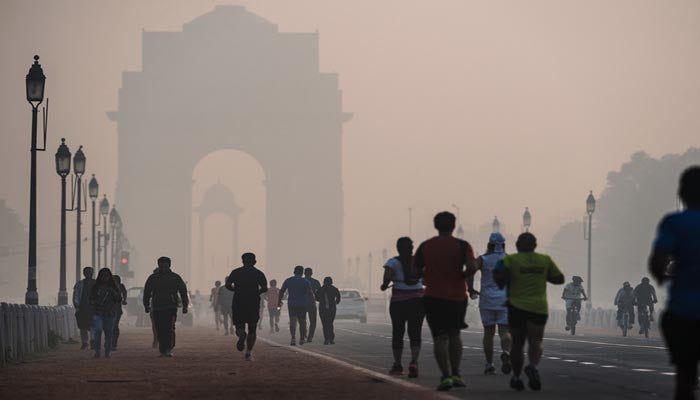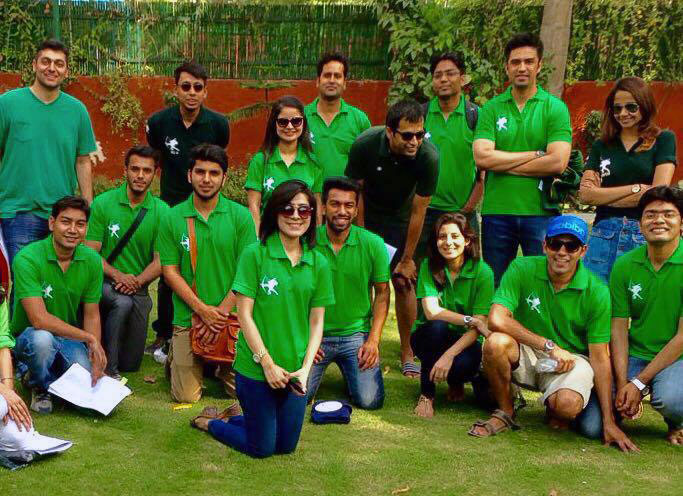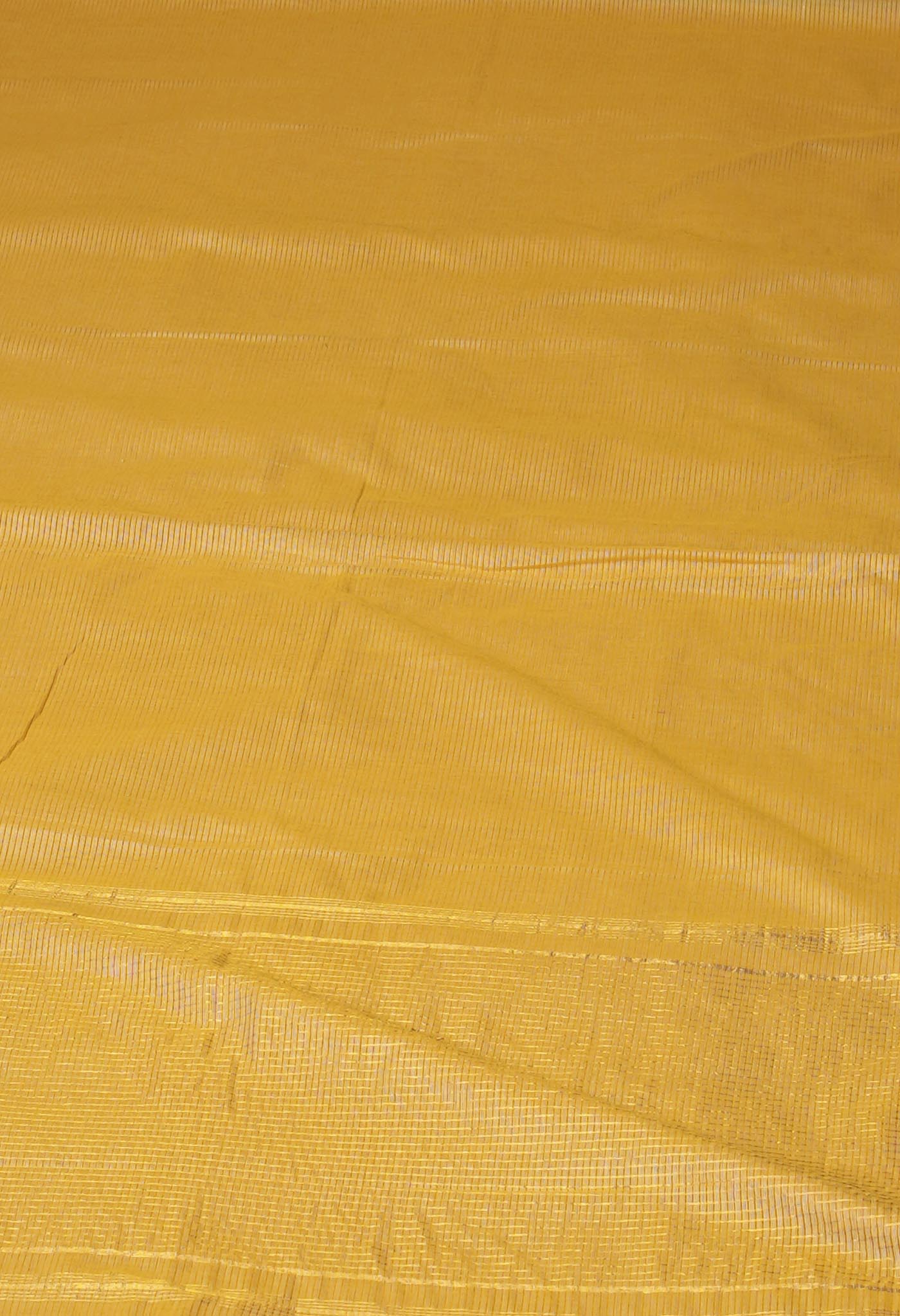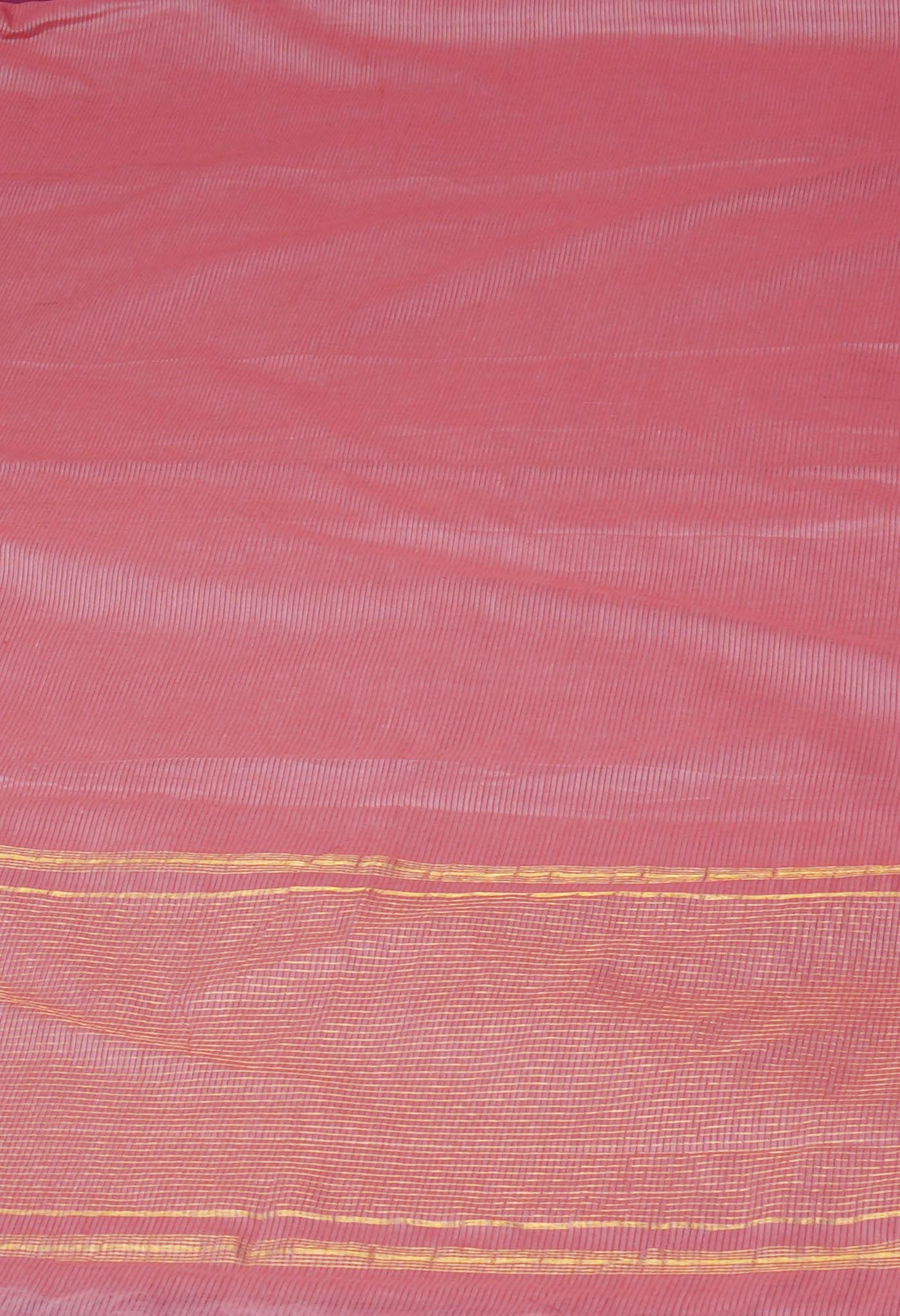
Delhi pollution - an eye-opener for the rest of India
COP21 (Conference of the Parties 21) –CMP11, the United Nations Framework Convention on Climate Change is in progress at Paris from November 30th, 2015. The countries of the world are meeting for a host of reasons, prime being the united stand of the countries of the world in agreeing to the way forward by setting internationally binding emission reduction targets. It is a war against pollution that needs the concerted effort of all the participants, to keep the Greenhouse Gases at the agreed level of emissions in the Kyoto Protocol.
[/vc_column_text][/vc_column][/vc_row][vc_row][vc_column][vc_column_text]
Delhi – a gas chamber
Back home, Delhi is the focus of all attention for the pollution level that it has reached that caused an honorable judge of the Supreme Court to term it as “equivalent to a gas chamber”. The recent past has shown a spurt or increase of 40-50 per cent of patients with respiratory disorders increase in hospitals says the health minister of Delhi. “Earlier, infections would be cured in two or three days but now it takes more than 10 days,” said Jain. “During winter, there is a lot of pollution and no circulation of air. As a result, a layer of smog has covered the atmosphere. People cannot live inside their houses all the time. We tell people to exercise, now we are asking them not to exercise. Such is the level of pollution,” added the health minister.
This is the most alarming situation seen in recent times and no longer can the matter be put off. Already on the international level the Prime Minister and his environment team is part of the ongoing COP21. This has now also become part of the topmost priorities for the present Delhi Government for this month.
[gallery size="medium" columns="2" ids="11228,11229,11230,11232"]
[/vc_column_text][/vc_column][/vc_row][vc_row][vc_column][vc_column_text]
What has triggered this alarm?
Delhi pollution has been felt to be rapidly increasing over several years now from a host of gases and other life endangering reasons but with the job of making a life out of what has been provided by the Maker, health has never been considered a major issue, thanks to the ever increasing fraternity of doctors who are believed to have all the solutions for trivial inconveniences like cough and cold to life endangering diseases while the Delhiite go about the task of living. Never mind the costs, money could be arranged somehow, one could not slacken the pace lest the heart lost its essential quality to function.
It is when the paper headlines and other media screamed - Delhi has the worst air pollution in the world: WHO, did the Delhiites and the rest of India wake up to the ‘life and death’ situation. It was felt that it did not matter whether Bejing in China beat India’s Delhi pollution- wise or not, an argument that kept most things at research level all the while, Delhi’s pollution needed attention and something about it had to be done fast.
COP21 further gave the impetus for a nation-wide alarm that after Delhi which other cities should be taken up for ‘spring cleaning’. The CM of Delhi wanted his place in the sun and gave the press his ‘precious time’ to talk about how the AAP government would be getting it done.
[/vc_column_text][/vc_column][/vc_row][vc_row][vc_column][vc_column_text]
Small facts about the ‘killer pollution’
Based on a WHO study, reports about how alarming it was came to light and shone upon the Delhi minds. The media had splashed it all over as usual and with its own hype. Let us see what the Delhiite is subjected to.
-
 Delhi is the most polluted city in the world when it comes to air quality, as per the study. The 2014 version of the Ambient Air Pollution (AAP) database with results of outdoor air pollution monitoring from almost 1600 cities in 91 countries is supposed to have pronounced this.
Delhi is the most polluted city in the world when it comes to air quality, as per the study. The 2014 version of the Ambient Air Pollution (AAP) database with results of outdoor air pollution monitoring from almost 1600 cities in 91 countries is supposed to have pronounced this. - The national capital has the highest concentration of PM2.5 — particulate matters less than 2.5 microns— form of air pollution, which is considered most serious. This form of concentration consists of tiny particles that put people at additional risk of respiratory diseases and other health problems, is what the WHO said.
- The situation is so bad in Delhi that its air has PM2.5 concentrations of 153 micrograms and PM10 concentrations of 286 micrograms — much more than the permissible limits. In comparison, Beijing, which was once considered one of the most polluted cities, has PM2.5 concentration of 56 micrograms and PM10 concentration of 121 micro grammes.
- (Air quality is represented by annual mean concentration of fine particulate matter (PM10 and PM2.5, particles smaller than 10 or 2.5 microns).The database covers the period from 2008 to 2013, with the majority of values for the years 2011 and 2012).
- Adding to this report, Anumita Roychowdhury of the Centre for Science and Environment (CSE) expressed her view that the new WHO data base only confirms the health concerns in India. "According to global burden of disease estimates, air pollution is the fifth largest killer in India. Tiny particles (PM10 and PM2.5) go deep inside our lungs and trigger respiratory and cardiac problems as well as lung cancer," she told PTI.

- WHO further added that in most cities where there is enough data to compare the situation today with previous years, air pollution is getting worse. "Many factors contribute to this increase, including reliance on fossil fuels such as coal fired power plants, dependence on private transport motor vehicles, inefficient use of energy in buildings, and the use of biomass for cooking and heating," it said.
- Plume, a start-up in Paris, collects and makes public air quality data from monitoring stations around the world. It analyses this data and publishes its own air quality index, normalising data from different cities and taking into account each country’s air quality reporting system. This makes it easy to compare pollution levels of two cities. For example, the Plume app pegged Delhi’s air quality index at 407 this Tuesday afternoon, much higher than Beijing’s index of 273. This serves as an indicator of the concentration of the main pollutants such as particulate matter in the air.
Proposed steps that are hoped will be effective
The Aam Aadmi Party government in Delhi has already announced a slew of measures to address the very poor air quality and pollution in the nation’s capital.
in the nation’s capital.
The introduction of Compressed Natural Gas-powered vehicles in the city sometime back on the direction of the apex court is widely accepted as having helped reduce pollution. The benefits of this emphasis by the government on regulations to address the city’s alarming air pollution levels will depend on the manner of implementation as well as other concomitant actions. The announced measures include
-
 the closing down of two thermal power plants,
the closing down of two thermal power plants, - pushing the entry time of trucks into the city late into the night,
- the advancing of the cut-off date for Euro-VI emission norms,
- among others.
However, the government has yet to issue a formal public warning on the issue or help citizens understand the full extent of the capital’s air pollution problem.
[/vc_column_text][/vc_column][/vc_row][vc_row][vc_column][vc_column_text]
A radical formula to be soon implemented
As a knee-jerk reaction and in line with the formula adopted in Bejing, earlier also implemented in some other countries based on their own needs, one of the radical plans proposed by the Chief Minister of Delhi Aravind Kejriwal is the even-odd formula for private vehicles plying on the road. Outlining the plan Health Minister Satyendar Jain has said that even number plate vehicles would be on the roads on Monday, Wednesday and Friday while the odd numbered plate vehicles would be seen on the roads on Tuesday, Thursday and Saturday, starting January 1st 2016.
What seems to be a huge puzzle are the following that would ensue due to a lack of planning or indecisiveness on the part of the Delhi Government.
- What about Sunday? Would entire Delhi be allowed to move on the roads as usual?
- Jain said anyone caught violating the rule will not be spared irrespective of designation or clout. He added that the penalty is yet to be decided. What is the deterrent for violations that would certainly take place? A senior official in Delhi Police has already expressed his fears about parking place for those who violate which is definitely worth consideration.
- Jain also said all ministers including the chief minister, bureaucrats and government officials will car pool. What if some do not comply and do as they please?
- What about the trucks and other vehicles that would be passing through Delhi? Would the rules apply to them?
- As the Chief Minister has also said publicly, ‘it would be withdrawn’ if observations after Jan.26, showed that it inconvenienced the public. What then? Would a Bejing or some other city’s success, considering Delhi’s own characteristic and nature of people, be worth emulating? Instead why not think out the scheme with suggestions from all stakeholders considered positively and then implement in the best possible manner? The Chief Minister first announced the implementation and then called the stakeholders. To inform or merely seeking co-operation for its success?
What does the ‘aam’ Delhiite (the common man) have to say about it?
Frankly nothing! after all what can an ordinary mortal like him do when according to him it is a situation that is as bad if not worse in many cities of the world. Just follow suit. Keep living till life says goodbye to him. After all it is the government’s problem to tackle it.
Some have thought of leaving the city and find their roots in villages once upon a time inhabited by their ancestors, not unlike some Indians who wanted change of country for a different and most inconsequential reason.
Some ‘analysts and optimists’ say that the data is fudged and that Bejing which produces reports once in three months against Delhi’s eight months of reported data is the culprit giving ample scope for Delhi to be considered ‘most polluted’. They seem more bothered about authenticity of reports rather than the real smog that envelopes Delhi 24 x 365 days a year and are happy that Delhi could be ‘comparably well-off’.
[/vc_column_text][/vc_column][/vc_row][vc_row][vc_column][vc_gallery type="flexslider_slide" interval="3" images="11236,11235,11239,11240,11238" img_size="900*655"][vc_column_text]
Indians are always resilient and tolerant in any situation irrespective of what they face, and in a scenario like this, either due to lack of will or sheer ignorance, the common man feels no differently. He has to keep living for himself and his family, till his very existence is threatened.
So too with the Delhi pollution.
[/vc_column_text][/vc_column][/vc_row]


















































































